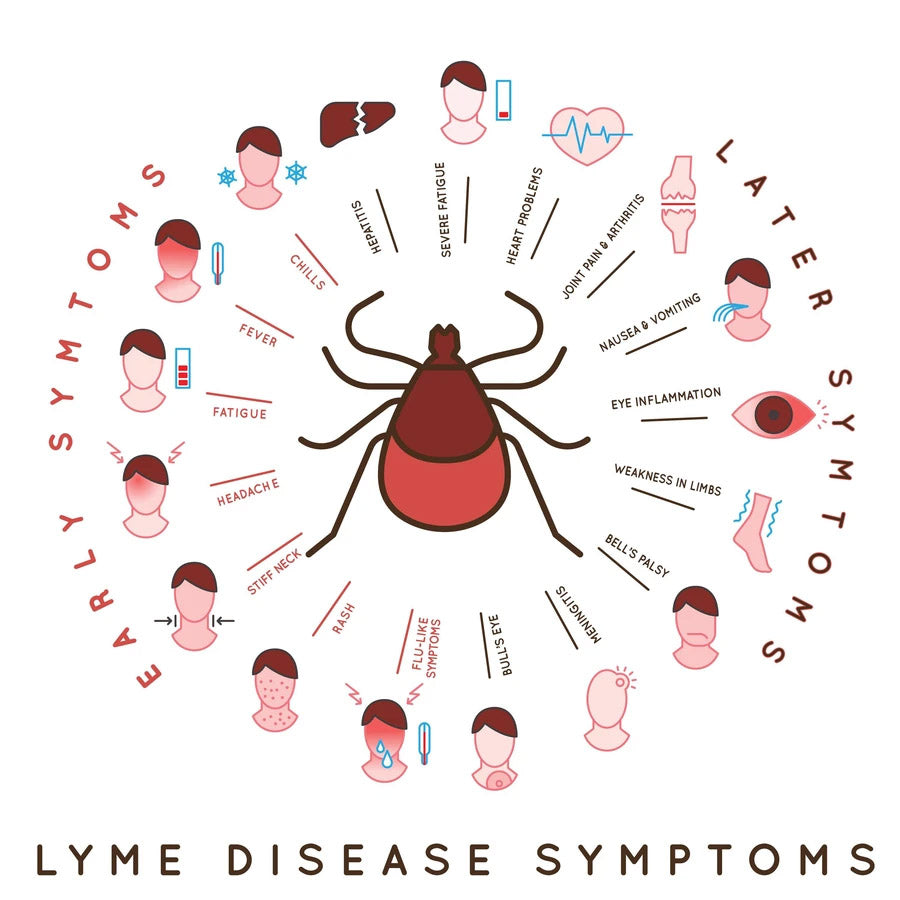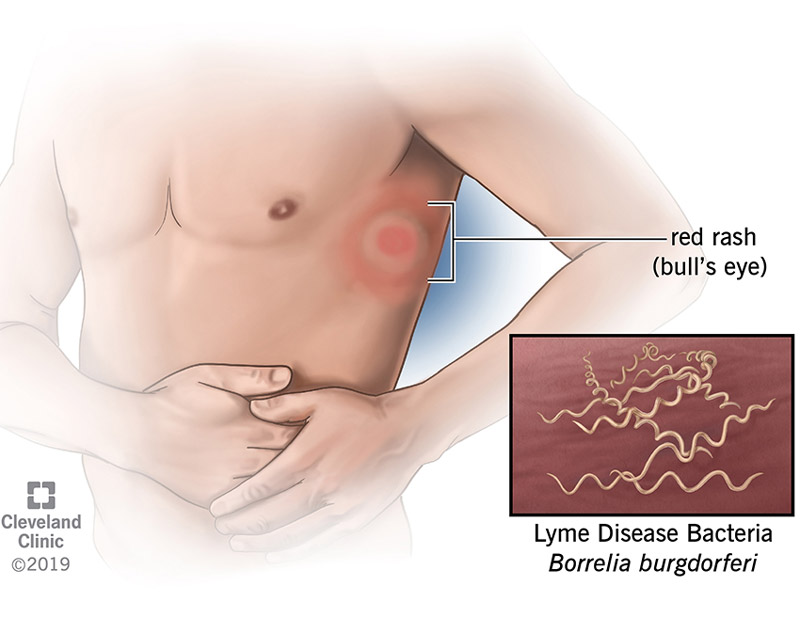Before the COVID-19 pandemic, many sufferers of post-infectious chronic illnesses found it difficult to be taken seriously by medical professionals. Symptoms such as brain fog, dizziness, and fatigue, often associated with long COVID-19, are consistent with dysregulation of the autonomic nervous system. This dysregulation is also seen in other infections, notably Lyme disease. The large number of people affected by COVID-19 has drawn significant attention from doctors and researchers, many of whom have been treating and studying these conditions for years.
:max_bytes(150000):strip_icc()/untreated-lyme-disease-5181045_FINAL-94489312469a409f9a5f16d9130ca21f.jpg)
The Overlap of Long COVID-19 and Chronic Lyme Disease Symptoms
Both long COVID-19 and Lyme disease can lead to persistent symptoms long after the initial infection has cleared. Lyme disease, particularly in its chronic form, presents a nuanced medical challenge. Dr. John Aucott, director of the Johns Hopkins Lyme Disease Clinical Research Center, explains that in the acute phase, Lyme disease may manifest as a round red rash (Erythema Migrans or the “Bulls-Eye Rash”) at the site of the tick bite, along with fever, chills, malaise, and fatigue. However, these symptoms alone do not distinguish Lyme disease from other infections.
Identifying and Treating Lyme Disease
If left untreated, Lyme disease can persist in the body. According to Dr. Aucott, untreated Lyme disease can lead to Lyme arthritis, a condition characterized by long-standing arthritis, and Lyme carditis, where the bacterium infects parts of the heart, leading to serious complications. Neurological issues such as aseptic meningitis and neuropathy, which include symptoms like numbness, pain, weakness, and facial palsy, are also possible.
Post-treatment Lyme Disease Syndrome (PTLDS), or chronic Lyme disease, presents differently. Dr. Brit Adler, a rheumatologist and researcher at Johns Hopkins Medicine, states that while most patients recover after initial treatment, about 10-20% develop long-term, debilitating symptoms including fatigue, body aches, and cognitive difficulties. These symptoms may result from dysregulation of the autonomic nervous system, affecting vital functions such as heart rate, blood pressure, digestion, and temperature regulation. This dysregulation can cause symptoms like dizziness, weakness, brain fog, and gastrointestinal issues.
Challenges in Diagnosing and Addressing Chronic Lyme Disease
The pandemic has brought more attention to chronic conditions like Lyme disease, but diagnosing it remains challenging due to imperfect testing methods. Commonly used antibody tests measure the immune response to infection, but these antibodies take several weeks to appear, making early diagnosis difficult. As Dr. Aucott notes, this delay means that diagnosis often relies on symptom recognition, which can be uncomfortable and uncertain.

Physician education also plays a crucial role in the diagnosis and treatment of Lyme disease. Dr. Adler points out that many physicians are not well-versed in dysautonomia, leading them to mistakenly attribute a wide range of symptoms to anxiety or psychological disorders rather than to a disease they are not familiar with. Lyme disease is transmitted through tick bites, and prevention is key. Protective measures include wearing long sleeves and pants, using insect repellent, regularly checking the skin for ticks, and showering after outdoor activities.
